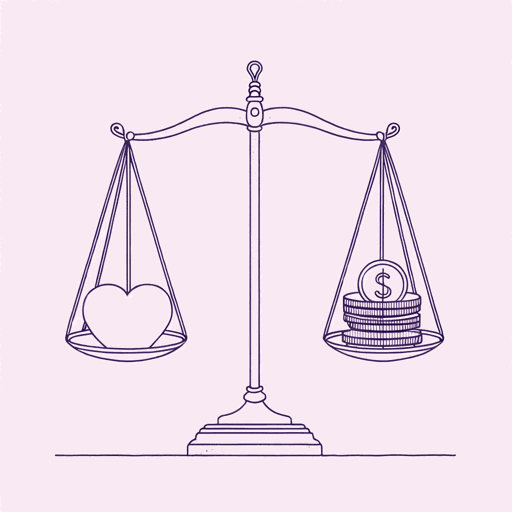42 pages • 1 hour read
John WinthropA Model of Christian Charity
Nonfiction | Essay / Speech | Adult | Published in 1838A modern alternative to SparkNotes and CliffsNotes, SuperSummary offers high-quality Study Guides with detailed chapter summaries and analysis of major themes, characters, and more. For select classroom titles, we also provide Teaching Guides with discussion and quiz questions to prompt student engagement.
Before Reading
Reading Context
Use these questions or activities to help gauge students’ familiarity with and spark their interest in the context of the work, giving them an entry point into the text itself.
Short Answer
1. Who were the Puritans? What were their religious beliefs? How did their beliefs frame their outlook on life in the Massachusetts Bay Colony?
Teaching Suggestion: This question invites students to broadly consider the historical context related to Puritanism in the New World (i.e., American colonies). Martin Luther’s rejection of the Catholic Church opened doors for a new wave of Christian beliefs, primarily those focused on their own interpretation of biblical scripture (i.e., Protestantism). As a result, the Protestant branch of Christianity multiplied into numerous sects of Christian thought in Europe, each with their own interpretation of passages. King Henry VIII of England created the Anglican church, which closely matched the Catholic Church; Protestant dissenters found these parallels concerning, and soon two major groups formed: the Pilgrims and the Puritans. Their desire to practice their own form of religion became a motivator for colonialism in the New World. As a result, both groups departed for the Americas, the Pilgrims in 1620 who quickly set up the Plymouth Colony and the Puritans who established the Massachusetts Bay Colony 10 years after.

